Range - Electric box location
Samantha111
12 years ago
Related Stories
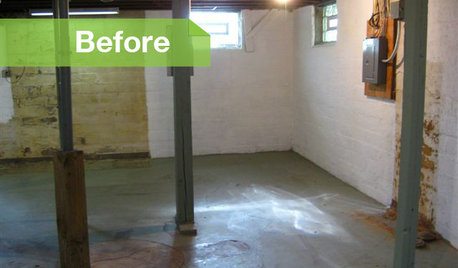
BASEMENTSBasement of the Week: Modern Style Converts an Empty Concrete Box
From raw wasteland to fab living, sleeping and storage space, this snazzy basement now covers all the angles
Full Story
HOUSEKEEPINGHow to Clean Your Range and Oven
Experts serve up advice on caring for these kitchen appliances, which work extra hard during the holidays
Full Story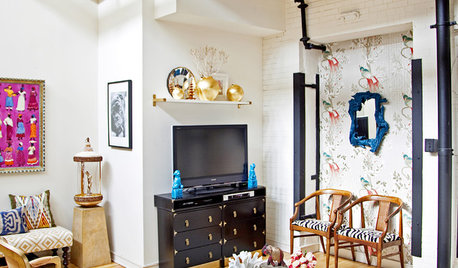
HOUZZ TOURSHouzz Tour: Eclectic Jewel Box Loft in Philadelphia
Refurbished vintage pieces and layers of pattern and color jazz up a spacious industrial loft
Full Story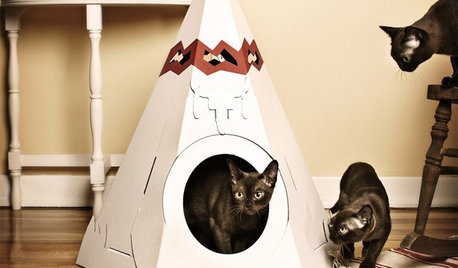
LIFEGet the Scoop on High-Design Litter Boxes
Unavoidable doesn't have to mean unpleasant; cats and guardians alike will purr over these terrific design solutions for the litter box
Full Story
HOUZZ TVHouzz TV: How to Make and Plant a Veggie Box
See how to start edibles from seed, then transfer the seedlings to a box on stilts to make harvesting more fun
Full Story
KITCHEN DESIGNHow to Find the Right Range for Your Kitchen
Range style is mostly a matter of personal taste. This full course of possibilities can help you find the right appliance to match yours
Full Story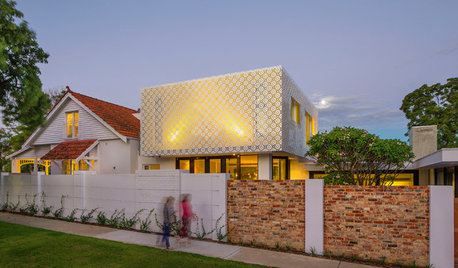
ARCHITECTUREHouzz Tour: A Vintage Home Wrapped Up in a Box
A work-at-home couple completes an eye-catching contemporary renovation that builds on an Arts and Crafts home
Full Story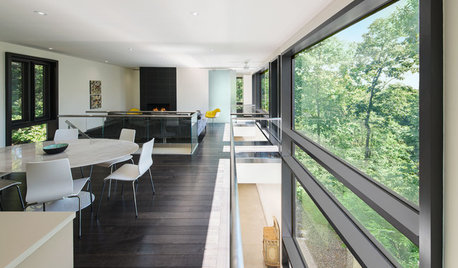
MODERN HOMESHouzz Tour: Complexity Hides Inside a Concrete Box
Don't be fooled by the monolithic exterior. This Canadian home is more open, light and multifaceted than it may seem
Full Story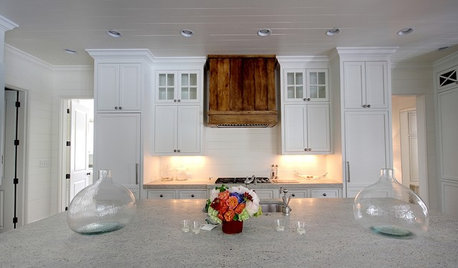
KITCHEN DESIGNWood Range Hoods Naturally Fit Kitchen Style
Bring warmth and beauty into the heart of your home with a range hood crafted from nature's bounty
Full StoryMore Discussions






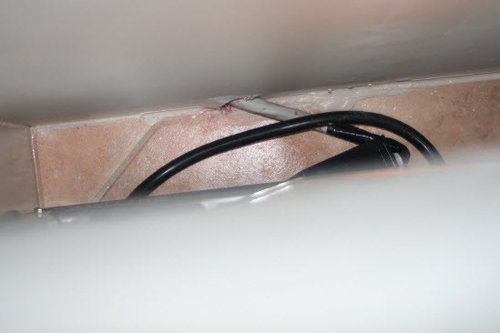
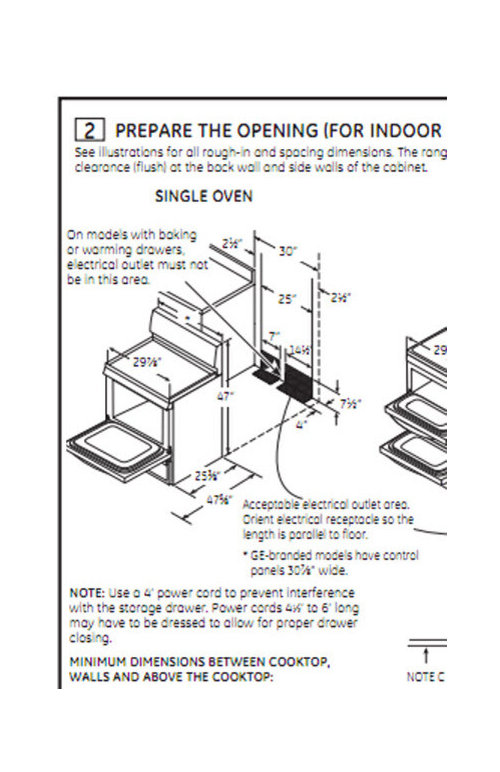
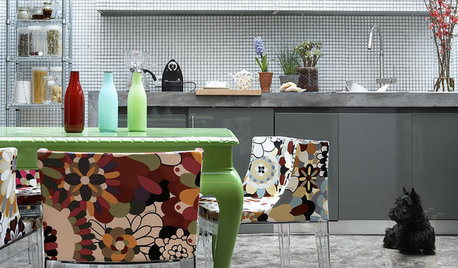


coco4444
Samantha111Original Author
Related Professionals
College Park Kitchen & Bathroom Designers · New Castle Kitchen & Bathroom Designers · Ramsey Kitchen & Bathroom Designers · Riviera Beach Kitchen & Bathroom Designers · Saint Peters Kitchen & Bathroom Designers · Southampton Kitchen & Bathroom Designers · Minnetonka Mills Kitchen & Bathroom Remodelers · Jacksonville Kitchen & Bathroom Remodelers · Omaha Kitchen & Bathroom Remodelers · Port Orange Kitchen & Bathroom Remodelers · Vancouver Kitchen & Bathroom Remodelers · Vista Kitchen & Bathroom Remodelers · Cave Spring Kitchen & Bathroom Remodelers · Glendale Heights Cabinets & Cabinetry · Kaneohe Cabinets & CabinetryCaddidaddy55
Samantha111Original Author
kaseki
Samantha111Original Author
Samantha111Original Author
Samantha111Original Author
Ron Natalie
brickeyee
Samantha111Original Author
weedmeister
Samantha111Original Author